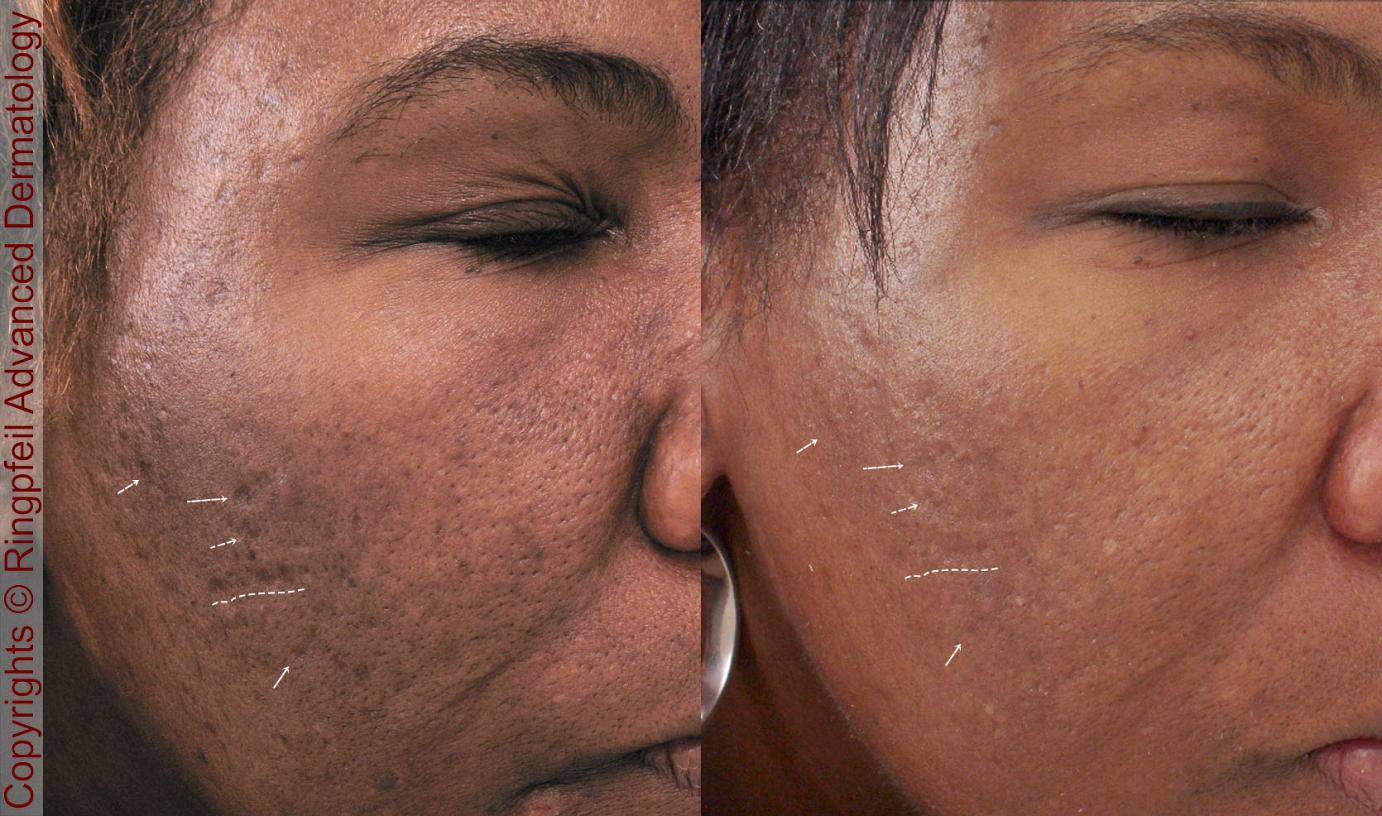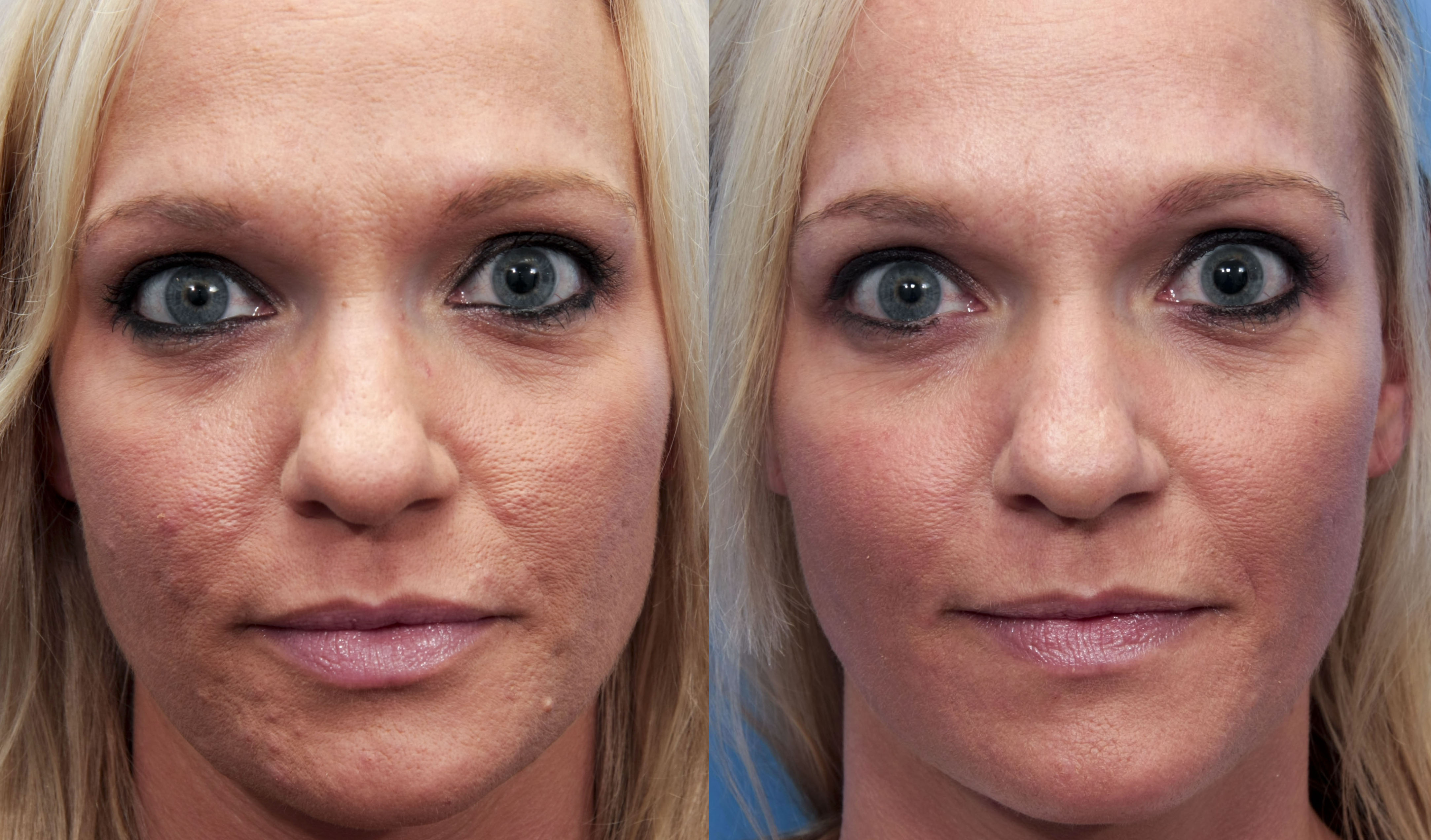Reliable Solutions for Acne Scars: How to Achieve Clearer Skin
Discovering Skin Problem: Recognizing and Treating Acne Scars for Healthier Skin
Acne marks represent a significant issue for individuals seeking to keep healthy and balanced skin, as they can influence both appearance and self-esteem. Comprehending the different kinds of scars, from atrophic to hypertrophic, is crucial for determining appropriate treatment options. While professional treatments like chemical peels and microneedling can be reliable, the importance of individualized treatment strategies can not be overemphasized. Preventative measures play a crucial role in minimizing future scarring. As we explore these facets, one have to take into consideration just how the right approach can bring about transformative outcomes.
Comprehending Acne Scars

The body's natural healing process can lead to either atrophic marks, which appear as anxieties in the skin, or hypertrophic marks, which are elevated and result from overproduction of collagen. Furthermore, the emotional toll of acne scars ought to not be undervalued; several individuals report feelings of humiliation, stress and anxiety, and decreased self-esteem. This emotional concern can impact social communications and total top quality of life.
Addressing acne scars needs a thorough understanding of their formation and impact. Understanding of the capacity for lasting consequences associated with without treatment marks can inspire people to look for ideal therapies. Early treatment and reliable monitoring strategies can substantially improve skin appearance and improve mental resilience, stressing the value of understanding the complexities bordering acne marks.
Kinds Of Acne Scars
Acne scars can be categorized right into distinctive kinds, each displaying special attributes and needing particular treatment approaches. acne scars. The key kinds of acne marks include atrophic, hypertrophic, and keloid marks

Hypertrophic scars, on the other hand, are raised above the skin degree and are the result of extreme collagen manufacturing during the healing procedure. They generally stay within the borders of the original acne lesion. Keloid marks are comparable but prolong past the initial injury site, developing bigger, raised areas that can be itchy or painful.
Understanding these types of scars is crucial for selecting suitable treatment choices. Various marks may respond much better to certain treatments, such as laser therapies, fillers, or medical treatments, emphasizing the significance of a tailored technique to acne mark monitoring.
Recognizing Your Scars
Acne marks normally drop into two classifications: hypertrophic and atrophic scars. These can additionally be identified right into ice-pick scars, boxcar scars, and rolling scars, each displaying unique features and requiring different methods for evaluation.
Hypertrophic marks, on the various other hand, are elevated and occur due to extreme collagen production throughout the recovery procedure. Identifying the details features of your scars-- such as depth, structure, and size-- is vital for correct recognition (acne scars). Additionally, think about the distribution of scars across your skin, as this can indicate the seriousness and duration of the acne condition
Involving with a skin doctor can offer important understandings into the nature of your scars, helping in the differentiation between various kinds. A detailed understanding of your marks will inevitably lead to a much more tailored and effective treatment plan, ensuring a clearer and healthier skin tone.
Treatment Options Readily Available
Identifying the particular type of acne marks present on your skin prepares for discovering efficient treatment alternatives. Typical kinds of acne marks include atrophic (clinically depressed), hypertrophic (elevated), and post-inflammatory erythema.
For atrophic marks, options such as chemical peels, microneedling, and laser resurfacing are extensively used. Chemical peels off utilize acids to get rid of the outer layer of skin, advertising new cell development.
Hypertrophic scars can be treated with corticosteroid injections to squash the scar or laser treatment to minimize soreness and improve look. Silicone gel sheets and stress dressings might likewise assist in handling raised marks.
Additionally, dermal fillers can temporarily fill out clinical depressions from atrophic scars, while medical excision might be proper for serious instances. Each treatment choice has its benefits and considerations, making it crucial to seek advice from a skin doctor. They can offer personalized recommendations based on the kind and severity of your marks, along with your skin type and general wellness.
Tips for Prevention
Reliable prevention strategies can substantially reduce the likelihood of establishing acne scars. Utilizing non-comedogenic products aids protect against blocked pores, which can worsen acne.
Preventing the impulse to pick or pop acne lesions is essential, as this can cause deeper skin damage and boost the danger of scarring. Instead, consider using a cold compress or over-the-counter therapies to minimize swelling and inflammation.
Sun defense is another vital facet of avoidance; ultraviolet (UV) rays can darken marks and impede the healing procedure. Applying a broad-spectrum sunscreen with a minimum of SPF 30 daily can secure the click to find out more skin and promote even recovery.
Last but not least, preserving a balanced diet regimen abundant in antioxidants, vitamins, and minerals supports skin wellness and healing. Staying moisturized and handling stress degrees can likewise play a significant duty in minimizing acne flare-ups. By executing these strategies, people can considerably decrease their possibilities of creating acne marks.
Conclusion
To conclude, understanding and identifying acne marks is vital for reliable treatment and achieving healthier skin. Various sorts of acne scars, consisting of atrophic and hypertrophic scars, necessitate specific treatments tailored to private demands. Therapy options variety from chemical peels and microneedling to corticosteroid shots, emphasizing the value of speaking with a skin doctor. Additionally, embracing a mild skin care regimen and protecting the skin from UV exposure can substantially add to the prevention of further scarring and general skin wellness.
The body's all-natural recovery procedure can result in either atrophic marks, which show up as clinical depressions in the skin, or hypertrophic marks, which are elevated and result from overflow of collagen. They are more separated right into 3 subtypes: ice choice marks, boxcar scars, and rolling scars. Acne scars generally fall into 2 groups: hypertrophic and atrophic marks. These can additionally be categorized right Read Full Article into ice-pick scars, my latest blog post boxcar scars, and rolling marks, each showing distinctive features and calling for various techniques for evaluation.
Different types of acne marks, consisting of atrophic and hypertrophic scars, necessitate specific treatments customized to private requirements.